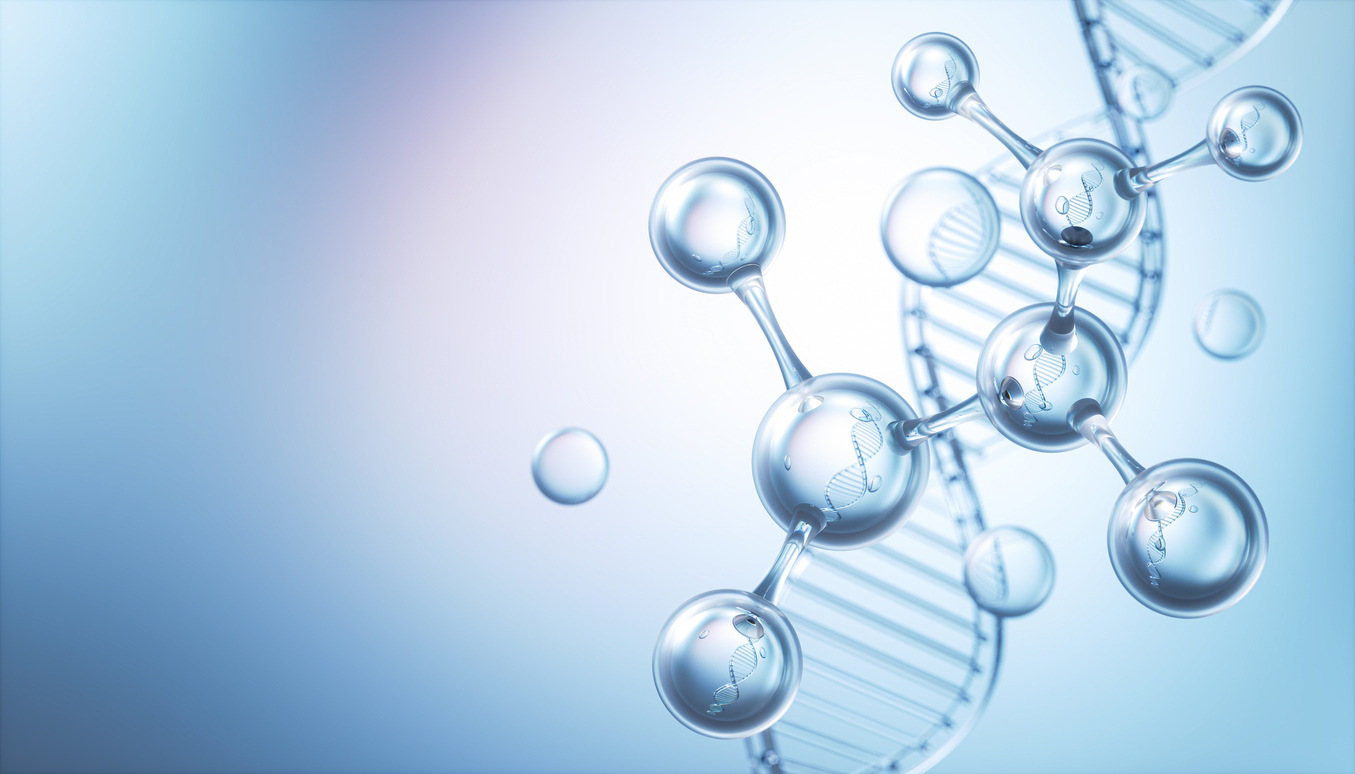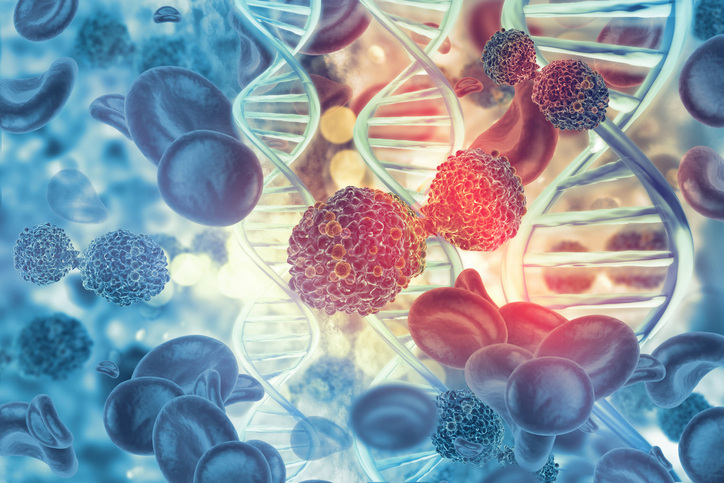Transient absorption spectroscopy (TAS) is a specialized technique that allows researchers to observe the ultrafast processes occurring in molecules after light absorption. This is beneficial in studying biochemical reactions, where understanding the dynamic changes in molecules can lead to significant insights into their mechanisms.
Here, we discuss how TAS revolutionizes our understanding of complex biochemical interactions. From the fundamentals of how TAS works to the latest technological advancements that enhance its precision, we’ll discuss how this technology pushes the boundaries of biochemistry research.
Fundamentals of Transient Absorption Spectroscopy
TAS involves exciting a sample with a short light pulse and then probing it with a second light pulse after a controlled delay. The resulting absorption changes in the sample reveal details about the excited states and the reactions they undergo. This method differs from steady-state spectroscopy by focusing on dynamic changes over time, providing a temporal resolution critical for studying fast biochemical reactions.
Recent technological advancements, particularly in noise suppression (more about this later), have dramatically improved the sensitivity and precision of TAS measurements. These improvements allow for clearer and more accurate data, which is essential when dealing with the complex systems typically found in biochemistry.
Exploring the Role of Transient Absorption Spectroscopy in Biochemistry
The application of TAS in biochemistry has opened new avenues for probing and understanding complex molecular processes. By providing a detailed view of molecular dynamics post-light absorption, researchers can explore mechanisms that were previously too rapid or subtle to detect.
Here are some specific examples of how TAS is being applied to advance our understanding in the field of biochemistry:
Photocatalytic Reactions in Quantum Dots
TAS allows researchers to study changes in ligand bonding on quantum dots upon light excitation. This application is significant in developing photocatalytic systems vital for energy conversion technologies. By observing how the absorption characteristics of quantum dots change over time, scientists can better understand and optimize these materials for higher efficiency in converting light to energy.
Protein Folding & Dynamics
TAS allows researchers to observe the ultrafast dynamics of protein folding, particularly the changes that occur in the milliseconds after a protein is excited by light. This insight provides a pathway to potential treatments in diseases related to protein misfolding, such as Alzheimer’s and Parkinson’s.
Photosynthesis Process in Plants
TAS is used to study the processes that occur during photosynthesis, including energy transfer within photosystems. By examining how and when plants absorb light and convert it into chemical energy, scientists can explore ways to enhance photosynthetic efficiency, leading to more productive agricultural practices or new solar energy systems.
Pharmaceutical Discovery & Dynamics
Understanding the interaction between light and molecules is critical for developing new drugs. TAS allows researchers to examine the photochemical reactions of potential drug compounds, providing insights into their stability, behavior under light exposure, and how these factors might influence their efficacy and safety.
Monitoring Chemical Reactions
TAS is applied to monitor the progress of chemical reactions by measuring light absorption by reaction intermediates. This application is critical for reactions too fast for conventional spectroscopic techniques, allowing chemists to optimize reactions for better yields and understand reaction mechanisms in real-time.
Advancements in Transient Absorption Spectroscopy for Biochemical Reactions
Among the most significant advancements in TAS technology is the introduction of patent-pending Noise Suppression Technology (NST). This development enables a 100-fold enhancement in the speed and sensitivity of nanosecond time-scale transient absorption measurements – a game-changer for biochemical research. Here’s how NST pushes the boundaries of what TAS can achieve:
1. Enhanced Sensitivity:
Biochemical reactions often involve subtle changes in molecular structures that can easily be masked by background noise. NST enhances the sensitivity of TAS instruments, enabling them to detect weaker signals that might otherwise be obscured.
2. Improved Signal-to-Noise Ratio (SNR):
NST dramatically increases the SNR by allowing direct measurement and subtraction of electronic artifacts that traditionally obscure transient signals. This improvement ensures clearer, more accurate data collection in studies with rapid and transient changes.3. Greater Precision in Data Interpretation:
By isolating electronic noise and artifacts more effectively, NST precisely determines the dynamics of molecular interactions and transformations, leading to more accurate interpretations of how biochemical processes occur.
4. Facilitating the Study of Complex Systems:
NST's ability to handle complex, overlapping processes and reactions within biochemical systems allows for a better understanding of individual components and their functions within the larger system.
5. Broadening Research Applications:
With NST, TAS instruments become more sensitive and user-friendly, extending the range of possible experiments. Researchers can now study a broader array of biochemical materials and conditions, including those with very fast or subtle dynamics that were previously too challenging to observe.6. Enabling Long-Term Studies and Reproducibility:
The speed with which NST enables nanosecond transient absorption kinetics to be measured—from seconds instead of hours—supports high-throughput measurements and integration into synthetic chemistry and device development workflows. This ensures results can be consistently replicated in studies requiring long-term monitoring of biochemical changes.As pioneers of noise suppression advancements in transient absorption spectroscopy, our tools at Magnitude Instruments aren’t solely for capturing data – they’re essential instruments that expand the boundaries of what can be explored and discovered in biochemistry. By harnessing the capabilities of NST, researchers are given the technological edge to delve into new territories of biochemical research, offering clearer insights and more definitive conclusions.
The Future of Biochemical Research with TAS
Transient absorption spectroscopy has become an indispensable tool in exploring biochemical processes. Its ability to track real-time changes at the molecular level has provided deeper insights and pushed the boundaries of what’s possible in scientific research. As TAS technology continues to evolve, its impact on biochemistry is expected to grow, influencing future research directions and technology development.
Have a specific question? Reach out to one of our experts today!




-1.webp)
SHARE